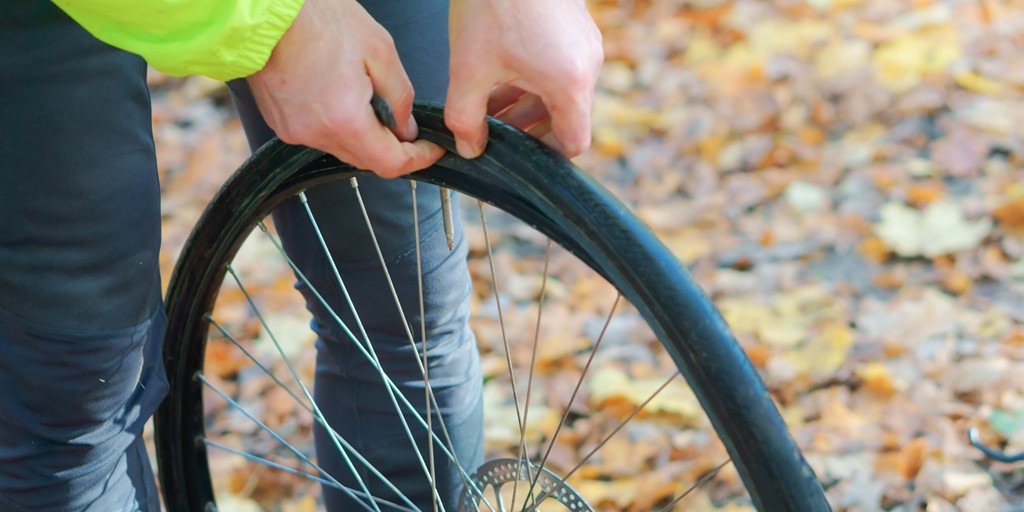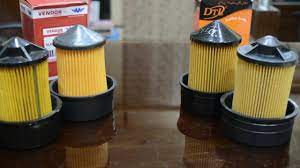The decision to change a bike tube after experiencing punctures depends on several factors:
- Type and Size of Puncture: If the puncture is minor and can be effectively repaired with a patch or sealant, there may be no need to replace the tube immediately. However, if the puncture is large, multiple, or in a critical area (like near the valve stem), replacing the tube might be necessary.
- Condition of the Tube: Over time, bike tubes can degrade due to wear and tear, exposure to the elements, or repeated punctures. Even if patches are holding, the tube may become brittle or develop weak spots, making it prone to future punctures or blowouts.
- Frequency of Punctures: If you find yourself repairing punctures frequently (e.g., several times within a short period), it might indicate that the tube is reaching the end of its lifespan or that there’s an ongoing issue with the tire or rim causing repeated damage.
- Preventative Maintenance: Some cyclists choose to replace their tubes preventatively after a certain number of punctures or after a certain amount of mileage to reduce the risk of unexpected failures.
In general, there’s no fixed number of punctures after which you must change the tube. Instead, it’s more about assessing the condition of the tube, the nature of the punctures, and how well it responds to repairs. If you find yourself frequently repairing punctures or if the tube shows signs of wear or weakness, it’s a good idea to replace it to avoid potential issues while riding. Regularly inspecting your bike’s tires and tubes for wear and damage can help you decide when it’s time for a replacement.









